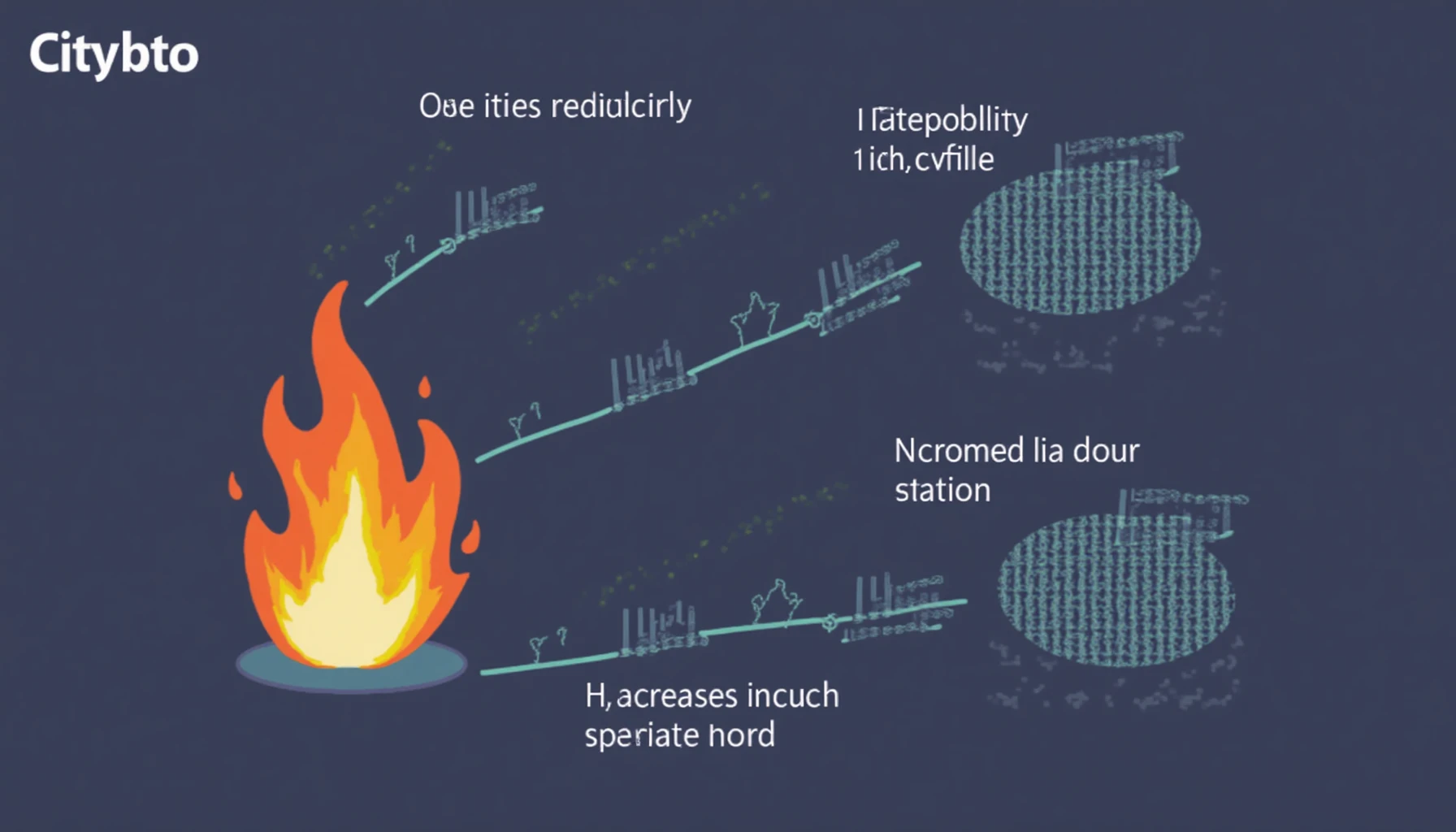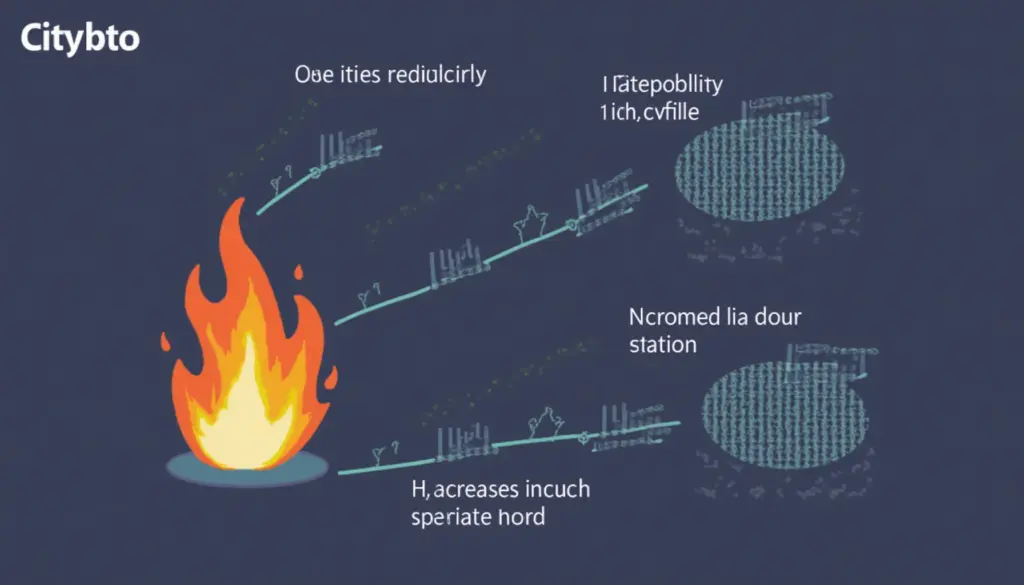What are Token Burn Mechanisms?
Token burn mechanisms are strategies used in the cryptocurrency space to remove tokens from circulation, thereby increasing scarcity and potentially raising the value of the remaining tokens. As of 2023, many blockchain projects implement token burns as part of their economic model, but why do they matter?
For instance, the popular token burn event by Binance Coin (BNB) has shown remarkable results in increasing its market price. Token burns can serve as a clear signal to investors about the project’s long-term commitment and sustainability.
The Benefits of Token Burns
Token burns provide several advantages to a cryptocurrency ecosystem:

- Increased Scarcity: Reducing the total supply can help enhance demand, as long as the project maintains a positive reputation.
- Market Confidence: They can instill confidence among investors by showcasing a commitment to maintaining token value.
- Price Stabilization: By controlling supply, token burns can help stabilize prices during adverse market conditions.
As per a recent industry report, over 70% of projects that implemented token burn mechanisms saw a significant increase in market capitalization.
How Token Burn Mechanisms Work
Understanding how token burns function is vital for both investors and project creators. Here’s a simplified analogy: imagine a bakery that decides to reduce the number of their pastries by burning some to maintain high demand. In the cryptocurrency world, here are some common methods:
- Burn Events: Scheduled or random events where tokens are permanently destroyed.
- Transaction Fees: Certain projects use a portion of transaction fees to regularly burn tokens.
- Buyback and Burn: The project team buys back tokens from the market and burns them, creating a direct impact on supply.
Token Burn Mechanisms in Practice: Case Studies
Several prominent cryptocurrencies have successfully executed token burn mechanisms. One notable example is Ethereum’s EIP-1559 upgrade, which introduced a fee-burning feature as part of its transaction model. Following the implementation, Ethereum’s deflationary rate has significantly improved. According to a Chainalysis report, Ethereum’s transaction volume is expected to grow by 30% in 2025, potentially influencing its burn rate and token value.
On the other hand, smaller projects also adopt token burns to attract investors. For example, some upcoming altcoins have outlined their token burn strategies in their whitepapers. Understanding these mechanisms could inform your investment decisions in the fast-paced cryptocurrency landscape.
Final Thoughts on Token Burn Mechanisms
In conclusion, token burn mechanisms can play a crucial role in enhancing the value and stability of cryptocurrencies. They are an essential part of a project’s lifecycle and offer potential benefits to investors looking for cryptocurrencies that demonstrate innovative economic strategies. If you are considering investing in cryptocurrencies or exploring new projects, staying informed about token burns is vital.
Disclaimer: This article does not constitute investment advice. Before making any investment, always consult local regulatory authorities.
To learn more about securing your investments and understanding market dynamics, check out our guides on recommended wallets and cryptocurrency investing tips.
Be prepared, stay informed, and make educated investment choices today!
